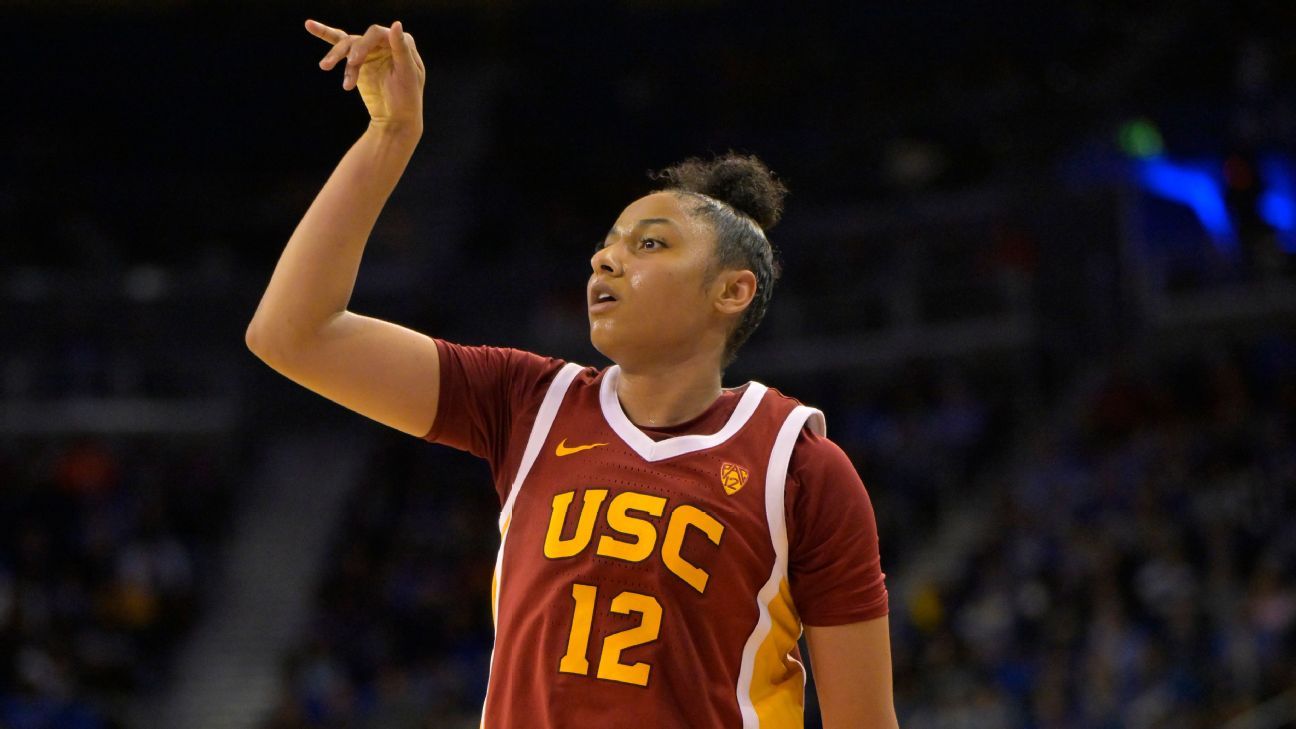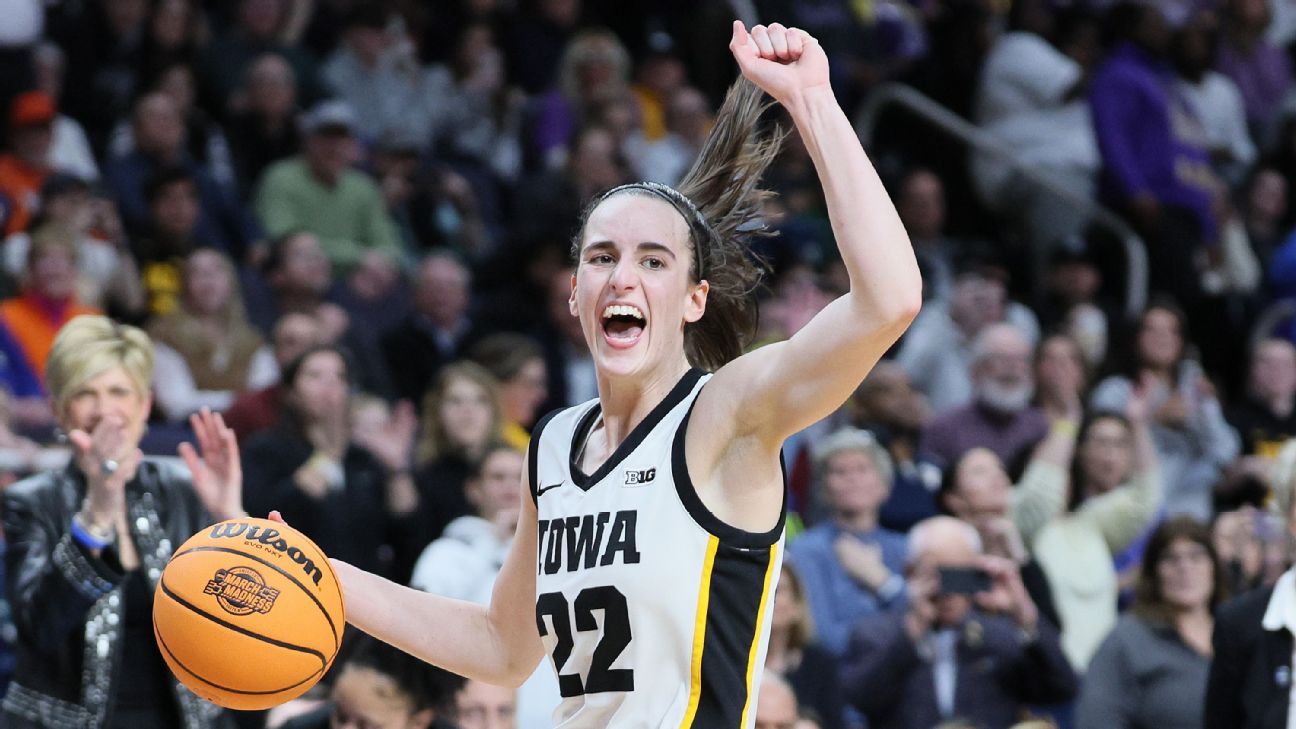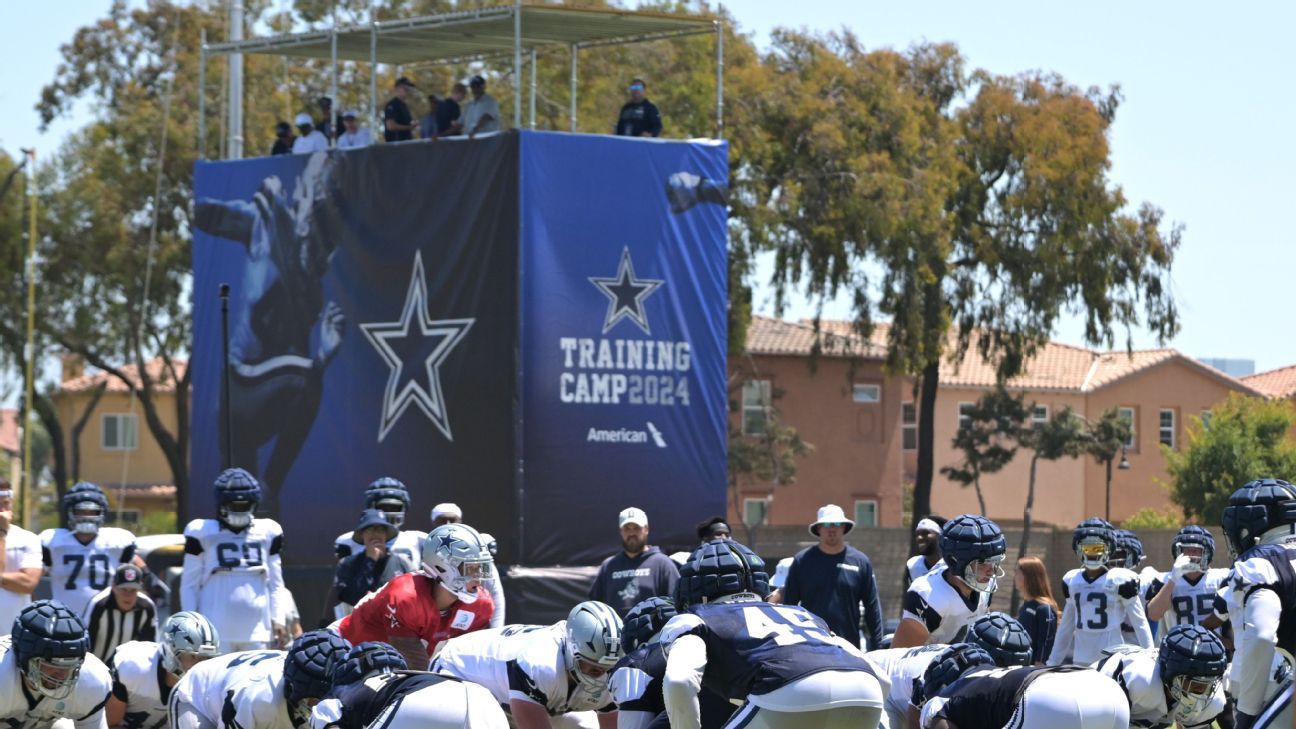RULES
ESPN's Bracketology efforts are focused on projecting the NCAA Tournament field just as we expect the NCAA Division I basketball committee to select the field in March. ESPN bracketologist Charlie Creme uses the same data points favored by the committee, including strength of schedule and other season-long indicators, including NET and team sheet data similar to what is available for the NCAA, in its field projections. Visit the NCAA website to better understand the NCAA selection criteria.
Table of 64 teams
The 64-team field is the standard version of the NCAA tournament that has been in place since 1994. However, if the 2021 field is made up of 64 teams, there will be some key differences from previous years.
The main adjustment from a normal year is, of course, playing the entire NCAA tournament in one place. This eliminates the need for geographic considerations in planting. Additionally, there will be at least one less automatic qualifier this season, as the Ivy League's decision to forego the 2020-21 season reduces the number of AQ enrollments to 31 for this season.
Table of 48 teams
In this projection, a condensed selection process would narrow the field to eight at-large teams and eight automatic qualifiers (the latter of which still receives one unit of revenue). The top four finishers from each region would receive a direct pass to the second round, with four first-round games per region: 5 vs. 12, 6 vs. 11, 7 vs. 10 and 8 vs. 9.
16-team draw
In this screening, the committee selects and places the 16 best available teams. There are no automatic qualifiers, although all non-competing conference champions receive the designated revenue unit.
To maintain some sense of national balance, conference participation is limited to four teams. And no region may have more than one team from the same conference.












